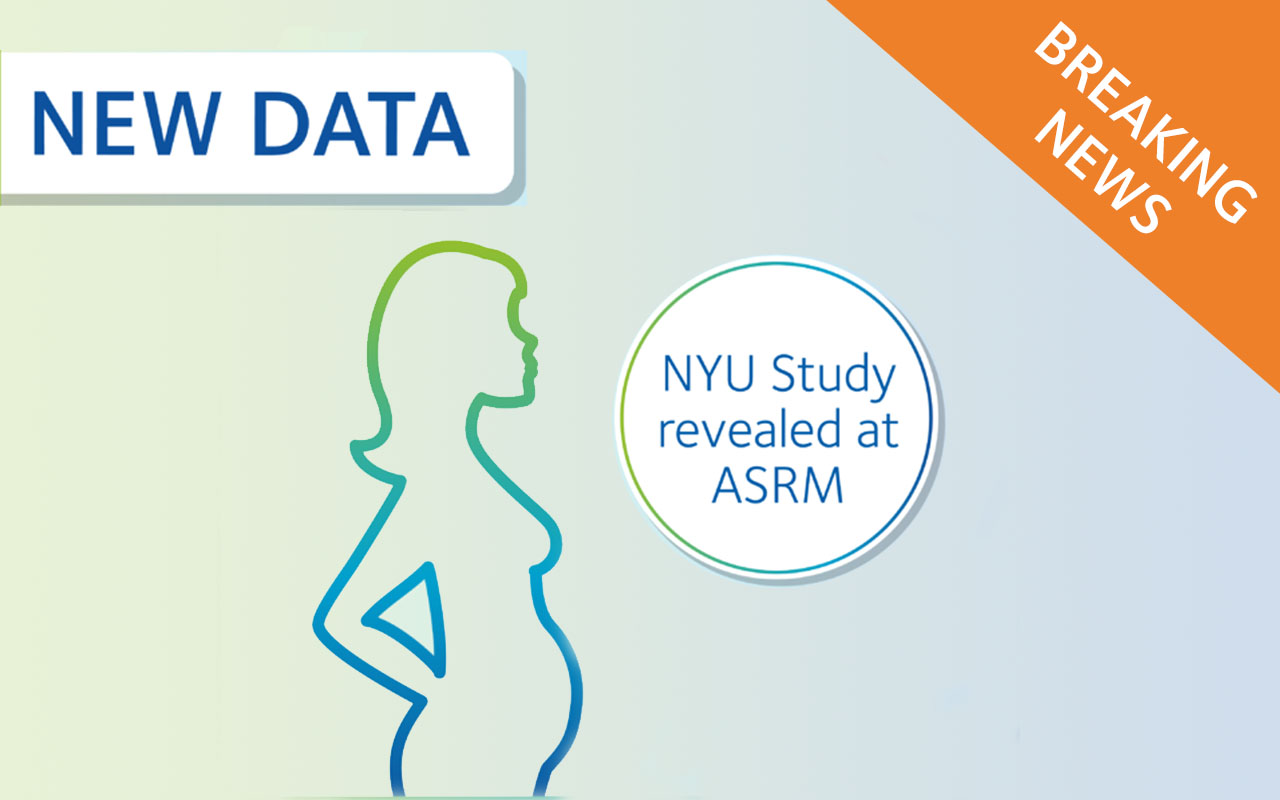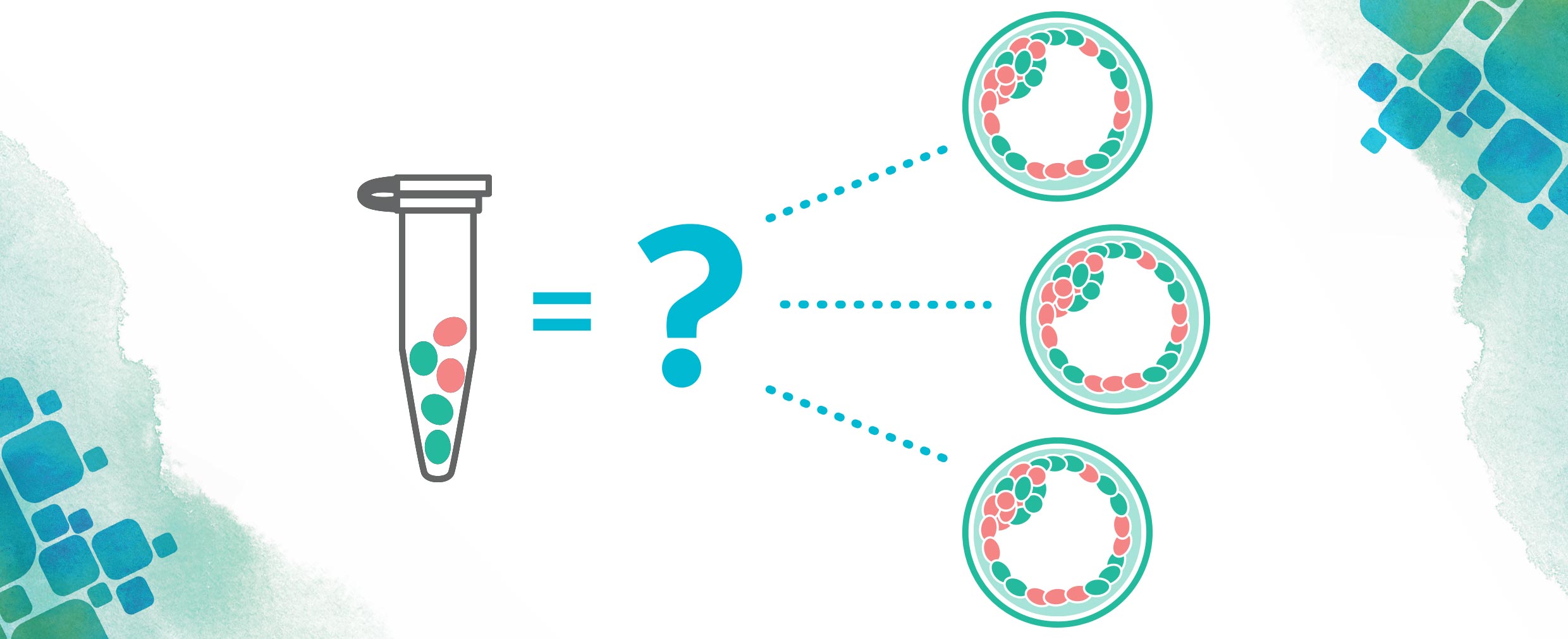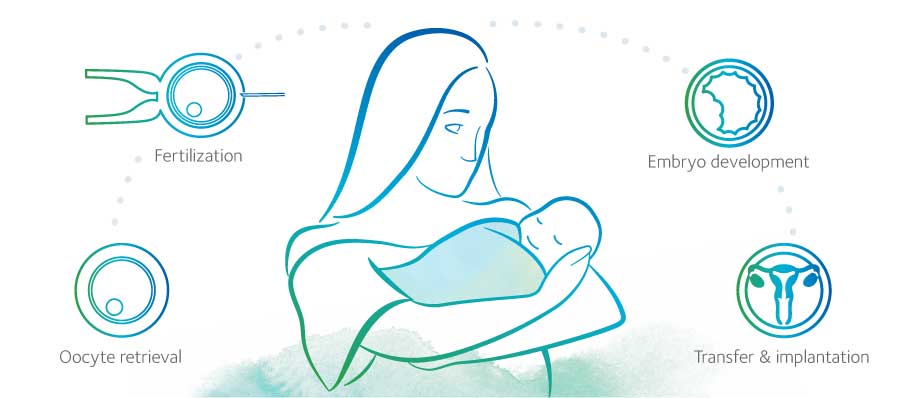We are living in a time of tremendous medical innovation – there are cutting edge medications for diseases once thought to have no treatment and medical devices that do more than ever imaged, from reducing the risk of surgical complications, to better predicting heart failure, to controlling seizures in patients who are unresponsive to medication therapy. Genomics is no exception to innovation – tens of thousands of genetic testing options are now available1, less than forty years from the time the first gene was mapped2. Within the field of genomics, preimplantation genetic testing has evolved from a hypothetical scenario to a reason patients seek in vitro fertilization (IVF)3.
One of the most common reasons patients seek preimplantation genetic testing is to evaluate the chromosome complement of an embryo sample (this is sometimes called aneuploidy screening). Although preimplantation genetic testing for aneuploidy (PGT-A) has been available since the early 1990’s, testing methods have evolved rapidly, with increases in both the types of chromosome abnormalities that may be identified and in accuracy4.5. For about the last six years, PGT-A has most often been completed via a technology called next generation sequencing (NGS)3,4. In the last two years, CooperGenomics has revolutionized PGT-A via NGS with our PGTaiSM platform. There have been two versions of PGTai platform: PGTai 1.0, which launched in November 2018; and in September 2019, PGTai 2.0, an updated, more robust, version of our artificial intelligence platform, became available.
This week, at the annual American Society of Reproductive Medicine (ASRM) Scientific Congress and Expo, New York University (NYU) Langone Fertility Center presented data for their patients who completed PGT-A utilizing standard analysis, those who had testing completed via the PGTai 1.0 platform, and those who had evaluation via the PGTai 2.0 platform. The results are astonishing – they found their patients who completed PGT-A evaluation via PGTai 2.0 rather than via prior methodologies, had a higher ongoing pregnancy rate/live birth rate (70.3% compared to 62%)6. It is important to understand the difference in these rates was significant, meaning the difference between the groups is expected to be related to the PGTai 2.0 technology, rather than another factor, or a chance occurrence. These NYU results indicated that 1 additional embryo transfer out of every 12 where PGTai 2.0 technology was utilized had an ongoing pregnancy/live birth. Let me say that again: 1 additional embryo transfer out of every 12 where PGTai 2.0 technology was utilized had an ongoing pregnancy/live birth. That is remarkable!
There were additional findings in this study as well – patients who completed PGT-A via PGTai 2.0 had an increase in implantation rate (82.9% vs. 78.4%) and an increase in clinical pregnancy rates (77.4% vs. 71.6%) when compared to those who did not have testing completed via this technology6. More good news – those who completed PGT-A via PGTai 2.0 experienced lower rates (4.63% vs. 8.6%) of biochemical pregnancy loss (this occurs when a patient receives a positive pregnancy test, but pregnancy hormone levels fall before evidence of a pregnancy may be seen on ultrasound) and lower rates of miscarriage (11.3% vs. 12.4%)6. While these findings did not reach statistical significance, meaning it is not certain if the differences in these groups were related to the PGTai 2.0 platform, a different patient or biologic factor, or chance alone, these trends are promising. The conclusion of this NYU study was PGTai 2.0 technology significantly improved pregnancy outcomes over standard/prior methodologies for their patients6.
So, what do all these numbers mean for you? If you are considering PGT-A (and there are many reasons to do so – if you are 35-years old or older, if you have experienced multiple pregnancy losses, if you have had multiple unsuccessful embryo transfers, or maybe you just want the information), you should consider speaking with your doctor about utilizing the PGTai 2.0 platform. After all, as you are embarking on this journey, doesn’t it make sense to utilize the technology that gives you the best chance of success? Of course, it does. Good luck!
References:
1Phillips KA, Deverka PA, Hooker GW, Douglas MP. Genetic Test Availability And Spending: Where Are We Now? Where Are We Going? Health Aff (Millwood). 2018;37(5):710-716.
2Gusella JF, Wexler NS, Conneally PM, Naylor SL, Anderson MA, Tanzi RE, Watkins PC, Ottina K, Wallace MR, Sakaguchi AY, et al. A polymorphic DNA marker genetically linked to Huntington’s disease. Nature. 1983; 306(5940):234-8.
3Simpson JL, Kuliev A, Rechitsky S. Overview of Preimplantation Genetic Diagnosis (PGD): Historical Perspective and Future Direction. Methods Mol Biol. 2019; 1885:23-43.
4Friedenthal, J., et al., Next generation sequencing for preimplantation genetic screening improves pregnancy outcomes compared with array comparative genomic hybridization in single thawed euploid embryo transfer cycles,Fertility and Sterility, 2018. 109(4): p. 627-632.
5Friedenthal, J., et al., Clinical error rates of next generation sequencing and array comparative genomic hybridization with single thawed euploid embryo transfer, European Journal of Medical Genetics (2020).
6Buldo-Licciardi J, Large M, McCulloh D, McCaffrey C, Grifo JA. Second generation artificial intelligence technology for preimplantation genetic testing (PGT) improves pregnancy outcomes in single thawed euploid embryo transfer cycles (STEET). American Society of Reproductive Medicine (ASRM) Scientific Congress and Expo. 2020.
About the Author: Sheila Johal
 Sheila Johal is a Manager of Laboratory Genetic Counseling at CooperSurgical; she counsels patients seeking preimplantation genetic testing. She came to CooperSurgical after nine and one-half years at MetroHealth Medical Center in Cleveland, Ohio, where she provided prenatal, general, and cardiovascular genetic counseling. Sheila graduated with a master’s degree in Medical and Molecular Genetics with a focus in Genetic Counseling from Indiana University – Purdue University Indianapolis in 2006.
Sheila Johal is a Manager of Laboratory Genetic Counseling at CooperSurgical; she counsels patients seeking preimplantation genetic testing. She came to CooperSurgical after nine and one-half years at MetroHealth Medical Center in Cleveland, Ohio, where she provided prenatal, general, and cardiovascular genetic counseling. Sheila graduated with a master’s degree in Medical and Molecular Genetics with a focus in Genetic Counseling from Indiana University – Purdue University Indianapolis in 2006.
Prior to attending graduate school, she also received a Bachelor of Science in Biology and a Bachelor of Arts in Psychology from Kent State University. She has a specific interest in disorders of hemoglobin, CFTR-related infertility, and is passionate about educating genetic counseling students. She currently serves as co-chair of the OAGC Web Design Subcommittee. When she is not working, Sheila enjoys being with her husband and children, listening to baseball on the radio, baking, and reading.






